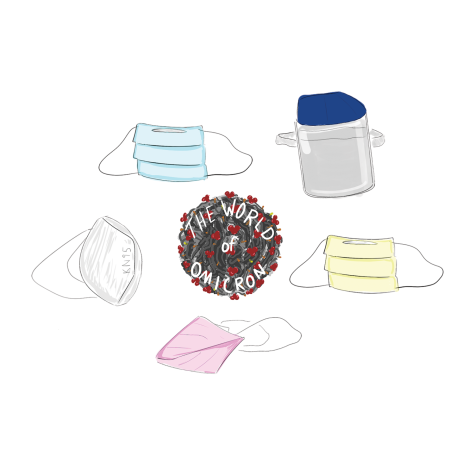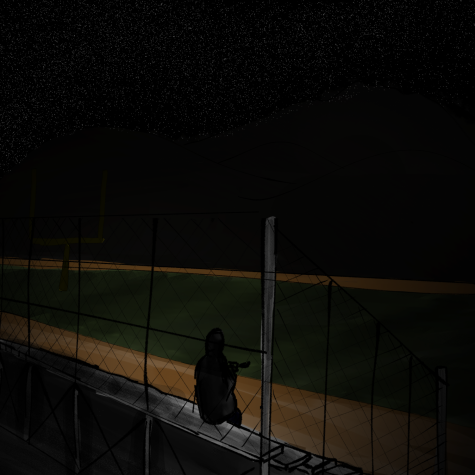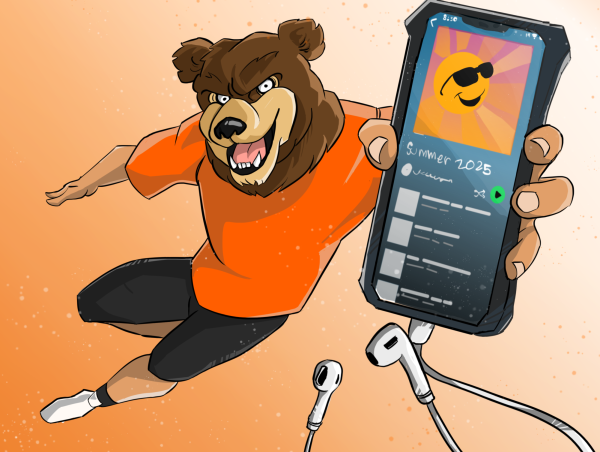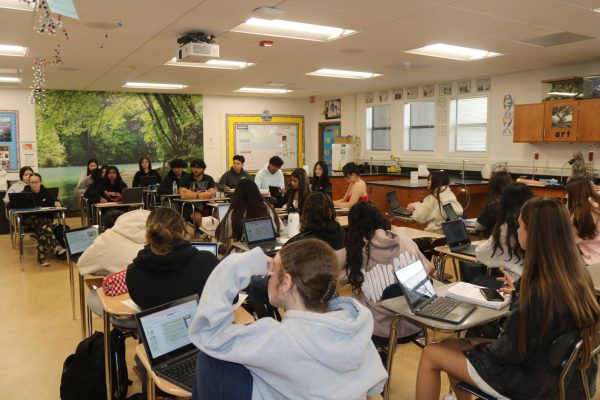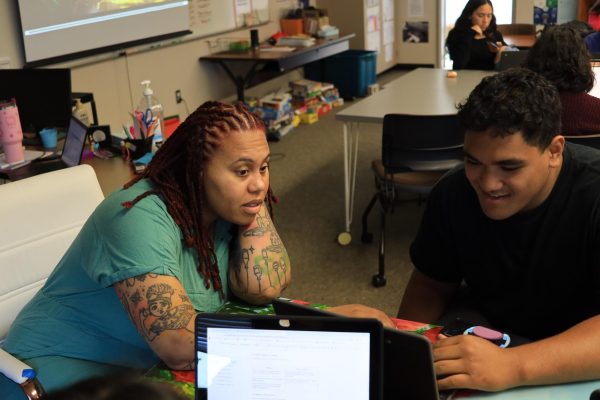Doctors weigh in on virus
Knowledge about Omicorn comes from professionals
Then: President Donald Trump declared emergency because of the outbreak of COVID-19, on March 13, 2020.
Now, close to two years later, the entire world is still severely inhibited by pandemic protocols and a new normal that consists of double-masking, lots of hand sanitizer and great concern for what the future may bring.
With the virus mutating at a rapid pace, no one can be too safe. In the United States alone, 75.4 million people have been infected,which is about 22 percent of the entire population. And that number continues to grow. In efforts to help curb the number of new cases, people on the internet and around the world have been offering tidbits of information that keep others just a little bit safer.
To ease concerns, The Californian interviewed doctors for advice.
San Ramon physician Dr. Divya Raj, a board certified family medicine practitioner and district medical director of One Medical,a medical firm, said the best thing to do in these tough times is to get vaccinated or boosted, and to wear a good mask.
In addition to the rapid changes in her office, the changes at Cal High have not gone unnoticed by Raj.
“I know that the schools have given out home testing kits and 10 N95-grade masks to students, while also providing them [with] disposable surgical masks in every classroom,” Raj said. “These actions are all great. Sometimes I wish that they gave resources out earlier, but better late than never.”
Raj’s advice for students is simple but effective: wear a good mask and get vaccinated.
“For all of you guys at Cal High, I emphasize the mask wearing,” Raj said. “Getting vaccinated is the best thing, and people with the booster do even better. Getting vaxxed does the best for you. Also, wear a solid mask. Cloth masks do almost nothing, and try to be more conscientious of your surroundings.”
All this advice has shown a huge difference in the community. On Feb. 1, the average number of new cases for the past seven days in San Ramon was 1,884, which was a steep drop from the amount of cases for the seven-day average on Jan. 17, when San Ramon had an average of 2,907 cases. This is a drop of an average of more than 1,000 cases in two weeks.
Raj, who has practiced for the past 19 years, said that from a medical standpoint, she is glad she lives in San Ramon and California.
She believes the state has done the job of enforcing mask mandates to the best of their abilities.
Although America has issues effectively handling new variants, countries such as New Zealand haven’t.
With a total of 52 deaths during the entire pandemic out of a population of more than 5 million, New Zealand has been in the global spotlight for being the best at COVID-19 control.
As a field surgeon veteran of the Indian Army, Dr. Somnath Basu has treated hundreds of soldiers. He has treated even more patients as a general practitioner in one of New Zealand’s leading hospitals.
When the first wave of COVID hit New Zealand, Basu and his colleagues were prepared to conduct many life-saving surgeries on COVID patients. He was pleasantly surprised when he saw there were few cases.
“New Zealand has been great with COVID control,” Basu wrote in a text. “We are an island nation, so it was fairly easy to impose travel restrictions and lock down our borders.”
Basu said New Zealand’s low number of COVID cases also can be attributed to the country’s high vaccination rate, with about 90 percent of the population having received both shots.
As for San Ramon, Basu shared a similar sentiment with Raj, saying in a phone call that in order for the U.S. to see a greater change in cases, more people would need to get vaccinated or boosted, and be consistent with mask wearing.
“Continue to do what you are doing,” Raj said. “Wear a mask. Get boosted or vaxxed, and next year, I hope to see those restrictions be eased.”
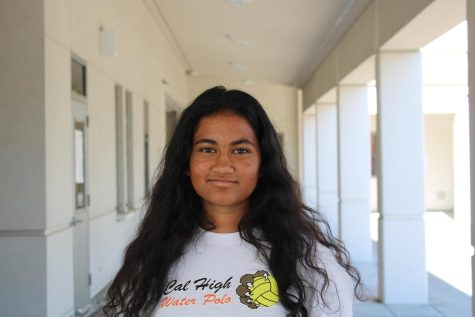
Senior Nimisa Panda is one of the Features Editors for The Californian. She started writing for the paper her sophomore year and stayed on the staff because...
